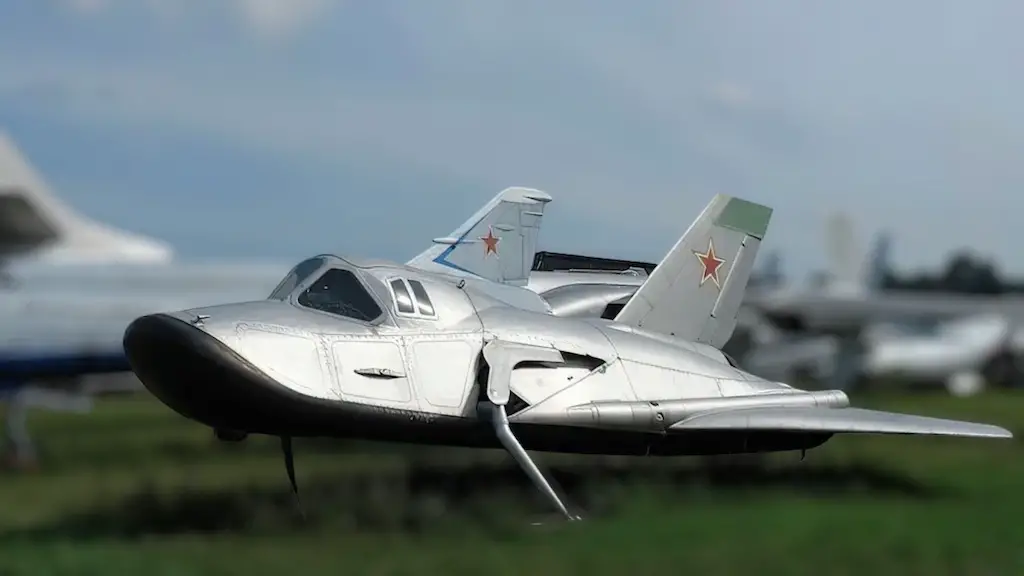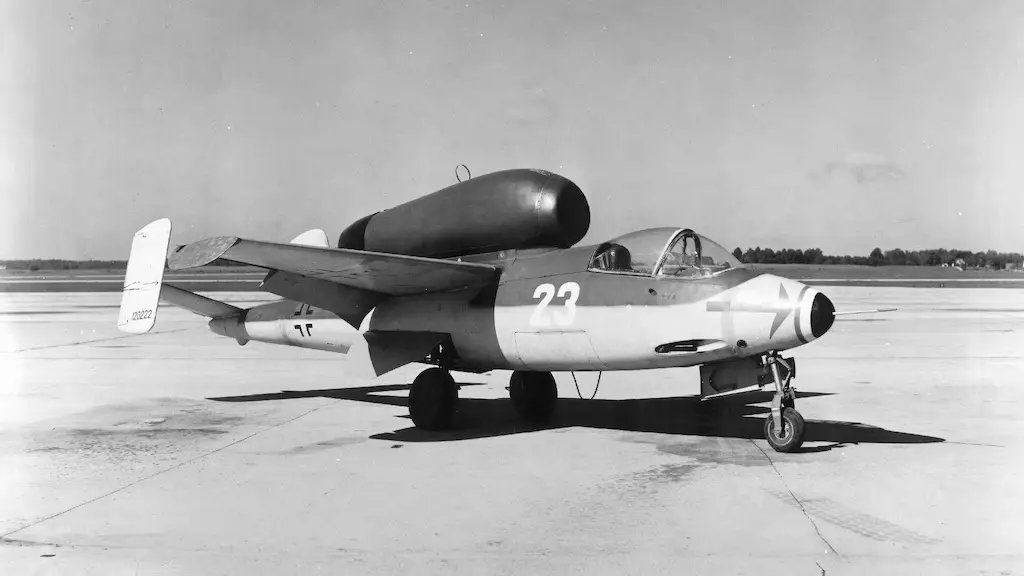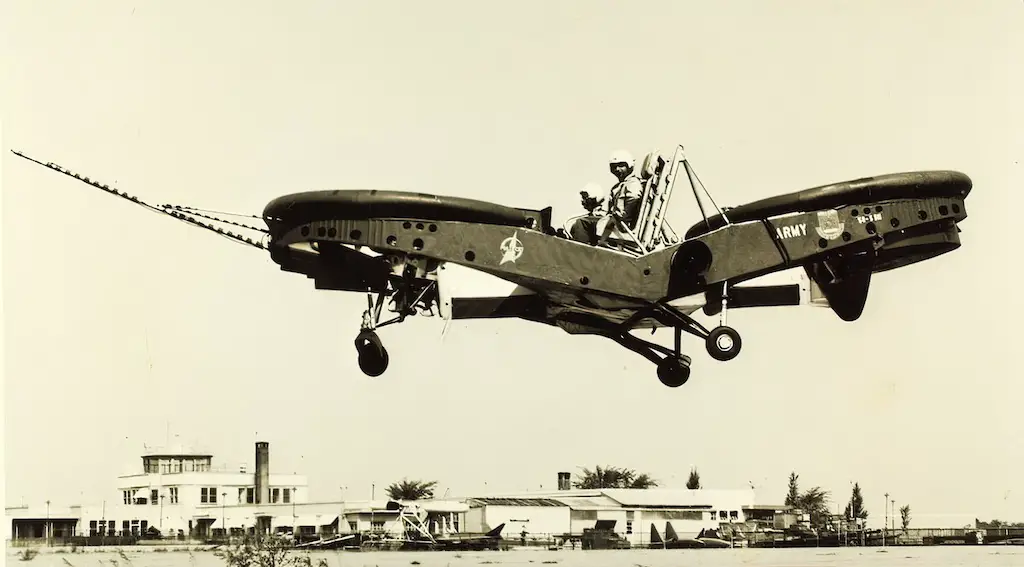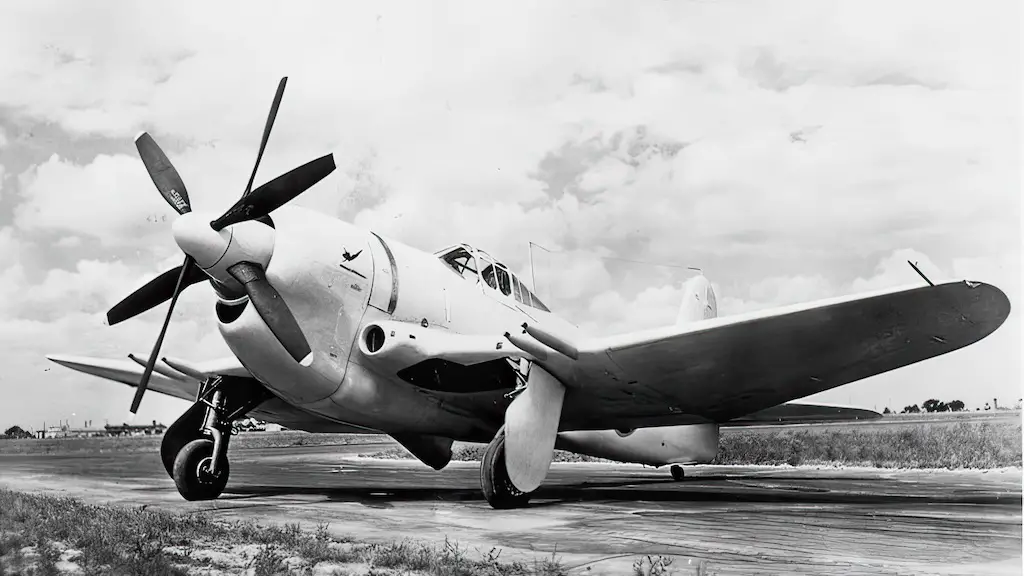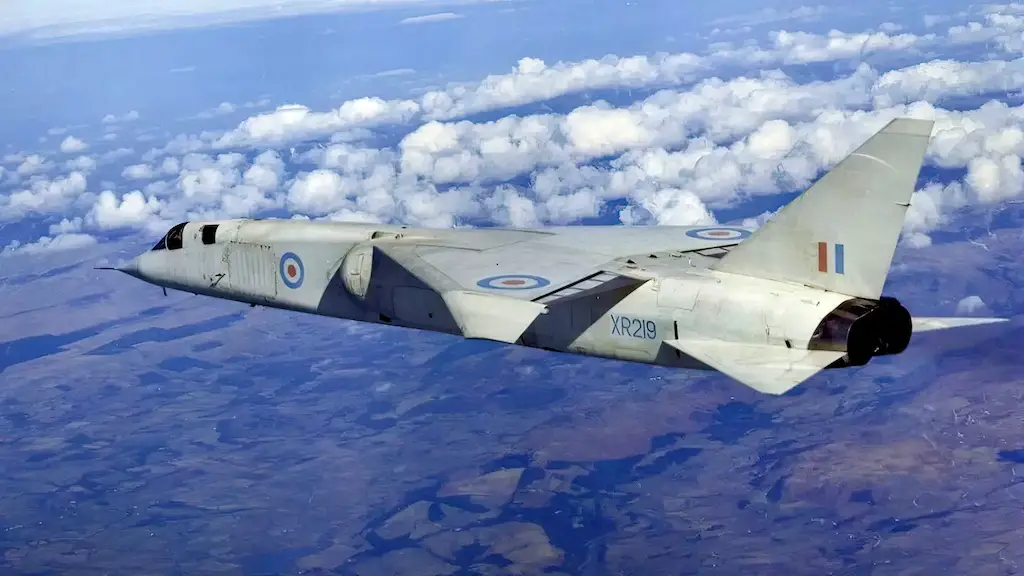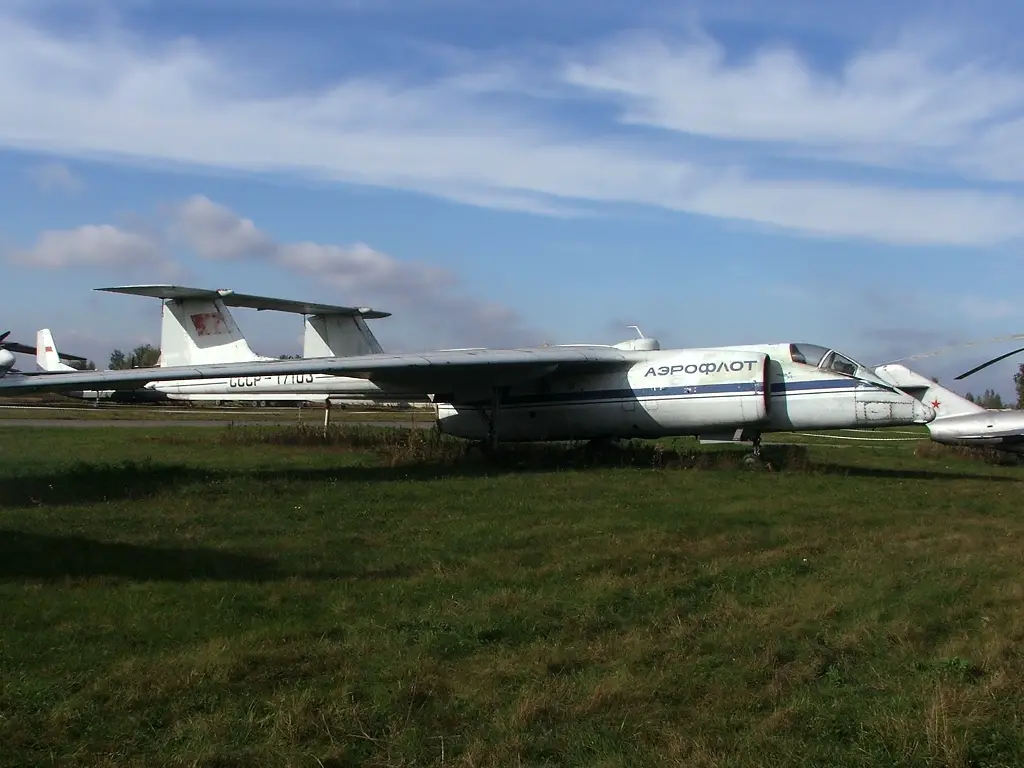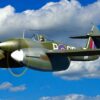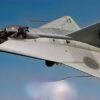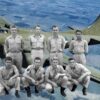A space plane?
During the Cold War, the United States and the Soviet Union competed fiercely to develop new cutting-edge technology, especially in aviation engineering. The development of these aircraft pushed the boundaries of engineering and technology, and while some programs were ultimately successful, others were abandoned due to technical or financial difficulties. No idea was too outlandish, especially for Soviet engineers who created some impressive designs. One of these bizarre aircraft of this era was the MiG-105, although perhaps it is wrong to call it an aircraft, considering it was designed to have a spacecraft’s capabilities.
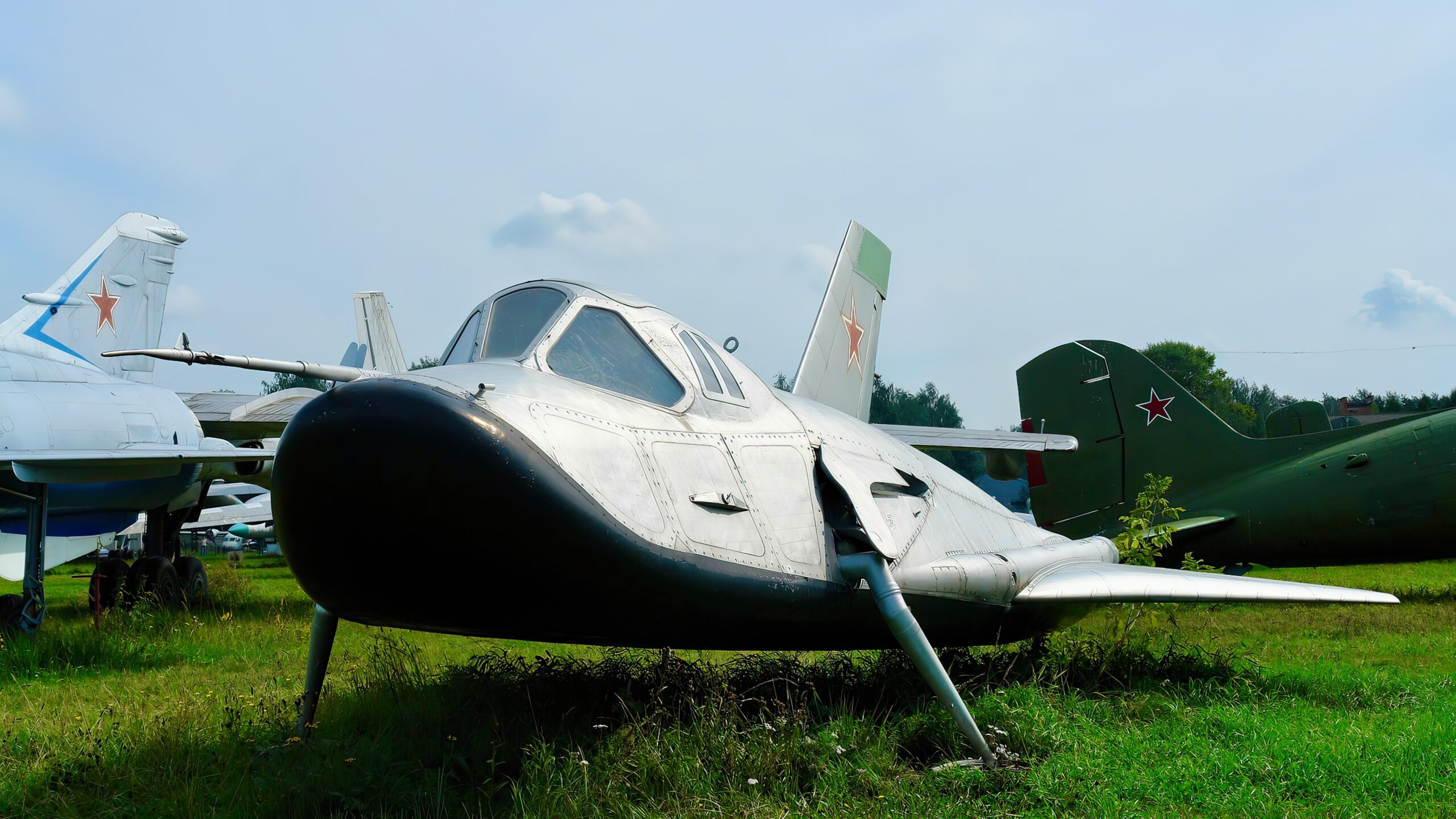
Cool concept, but why?
Midway through the 1960s, the Soviet Ministry of Aviation Industry and the Mikoyan-Gurevich (MiG) design bureau began collaborating on the development of the MiG-105, also known as the “Spiral.” The objective was to develop a spacecraft capable of suborbital and orbital travel for reconnaissance and military applications.
The MiG-105 was a lifting-body spacecraft that lacked wings like conventional aircraft and rockets. Instead, it relied on the geometry of its fuselage to generate lift during atmospheric reentry. This design enhanced the spacecraft’s maneuverability and control during its descent. The MiG-105’s first unmanned test flight occurred in 1976, followed by its first piloted test flight in 1978. The spacecraft was launched into space using the Myasishchev M-17, a specially designed carrier aircraft.
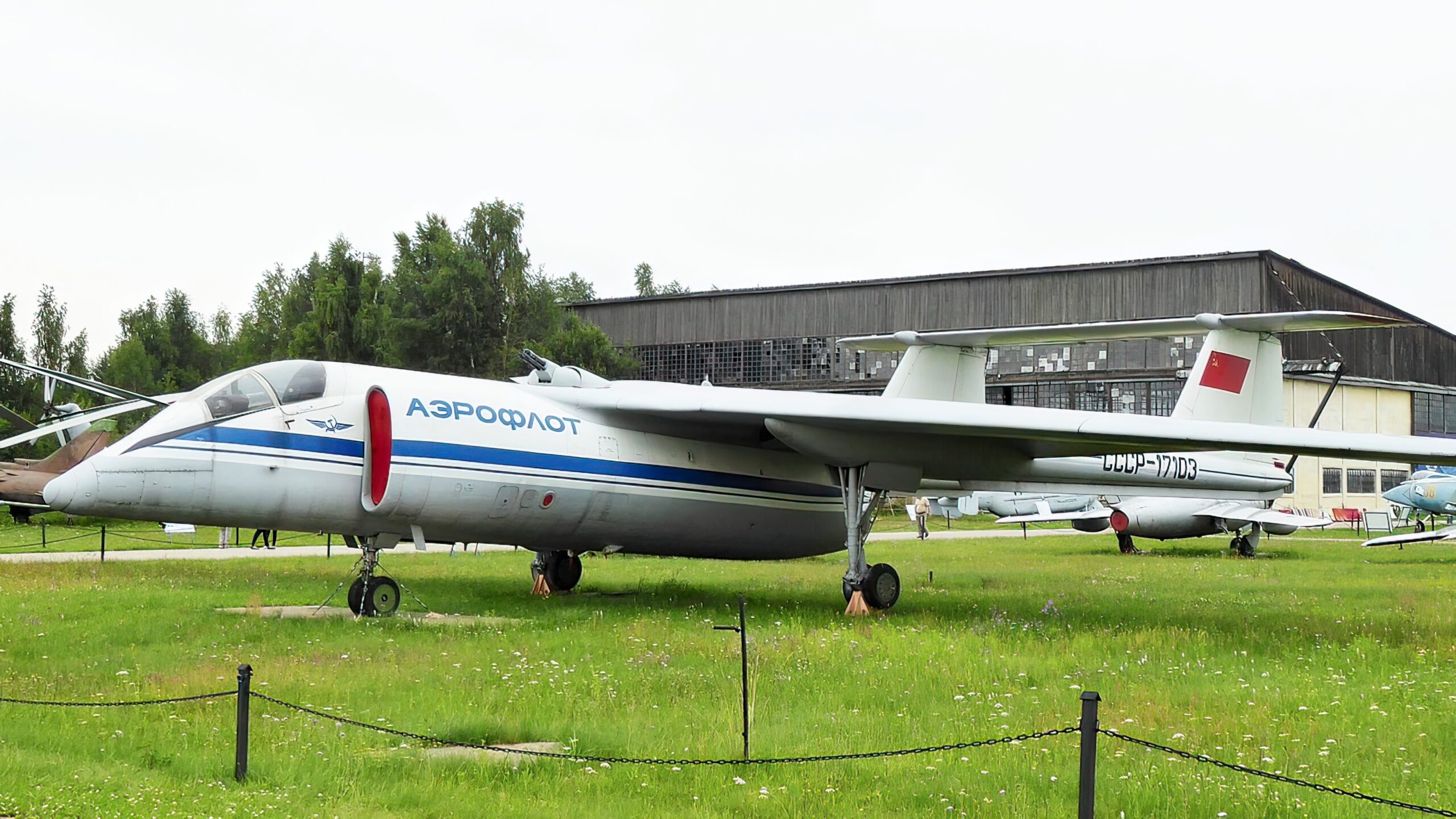
Test Flights
The MiG-105 underwent numerous unmanned and personnel test flights during its development. The first unmanned test flight occurred in 1969, followed by a series of unmanned experiments over the succeeding years.
Vladimir Shatalov, a distinguished Soviet test pilot and cosmonaut, piloted the first manned test flight in 1977. Shatalov flew the MiG-105 to an altitude of approximately 14 kilometers (46,000 feet) and conducted a series of maneuvers to evaluate the spacecraft’s stability and control. The MiG-105 only completed a handful of manned test flights, the last of which occurred in 1978. However, the aircraft’s performance was considered satisfactory to both the pilot and the engineers.
Too expensive and too complex
The MiG-105’s complicated and costly development procedure was one of its primary obstacles. During this period, the Soviet Union faced significant money issues, and the MiG-105 project was deemed too expensive to continue. Additionally, the MiG-105 had a relatively brief flight duration. The spacecraft was designed for suborbital and orbital flight, but its maximum flight duration was a few hours. This rendered it unfit for longer-duration missions, such as those required for space exploration or scientific research.
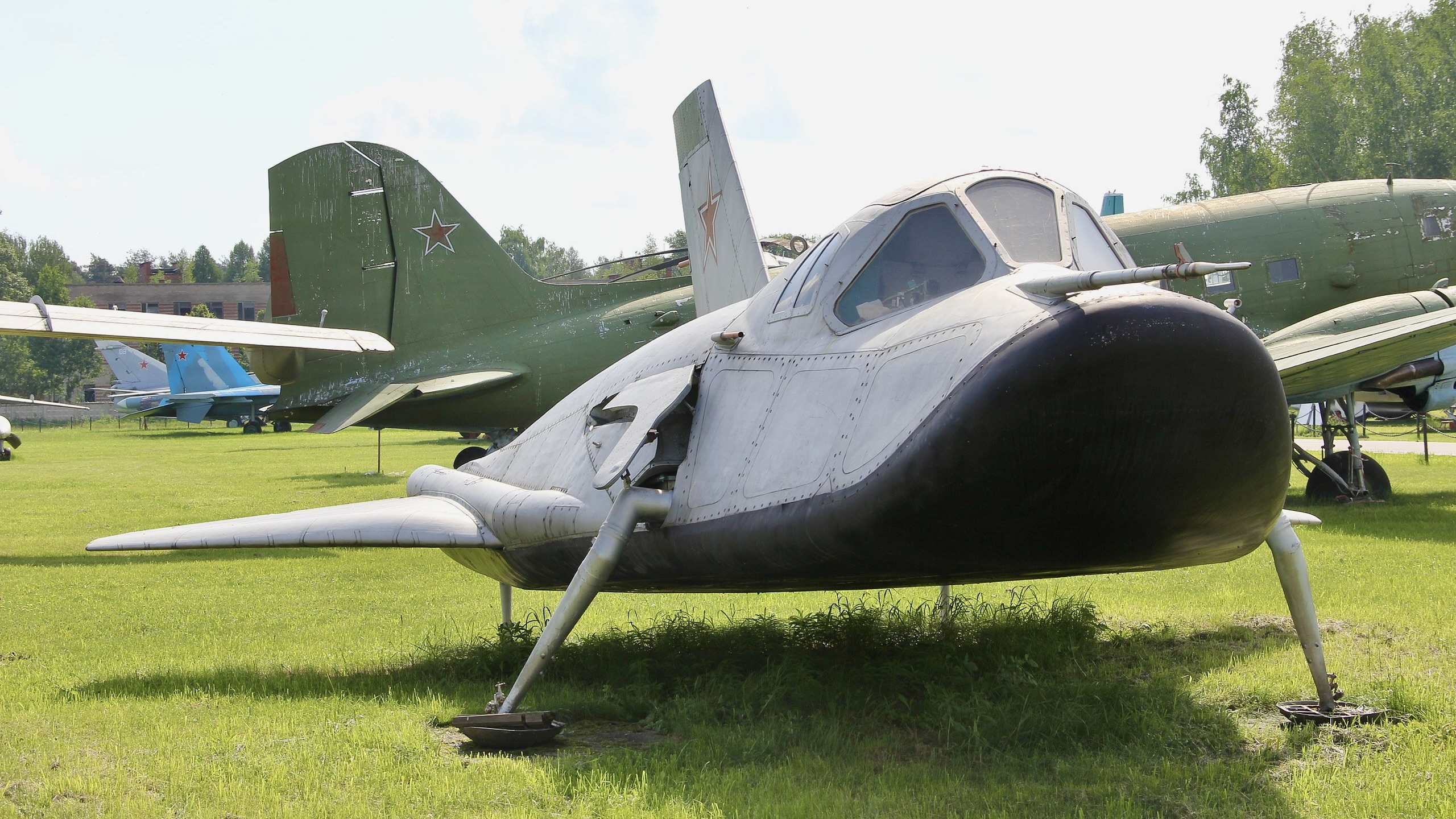
The project was ultimately canceled in the early 1970s. Despite its cancellation, the MiG-105 project was not a complete failure. The knowledge and technology gained from the project were used in subsequent space programs, including the Buran space shuttle program. The MiG-105 inspired other spacecraft designs, such as the Space Shuttle and Dream Chaser. Today, the only surviving MiG-105 spacecraft is on display at the Monino Air Force Museum in Russia, serving as a testament to the ingenuity and innovation of the Soviet aerospace industry during the Cold War era.
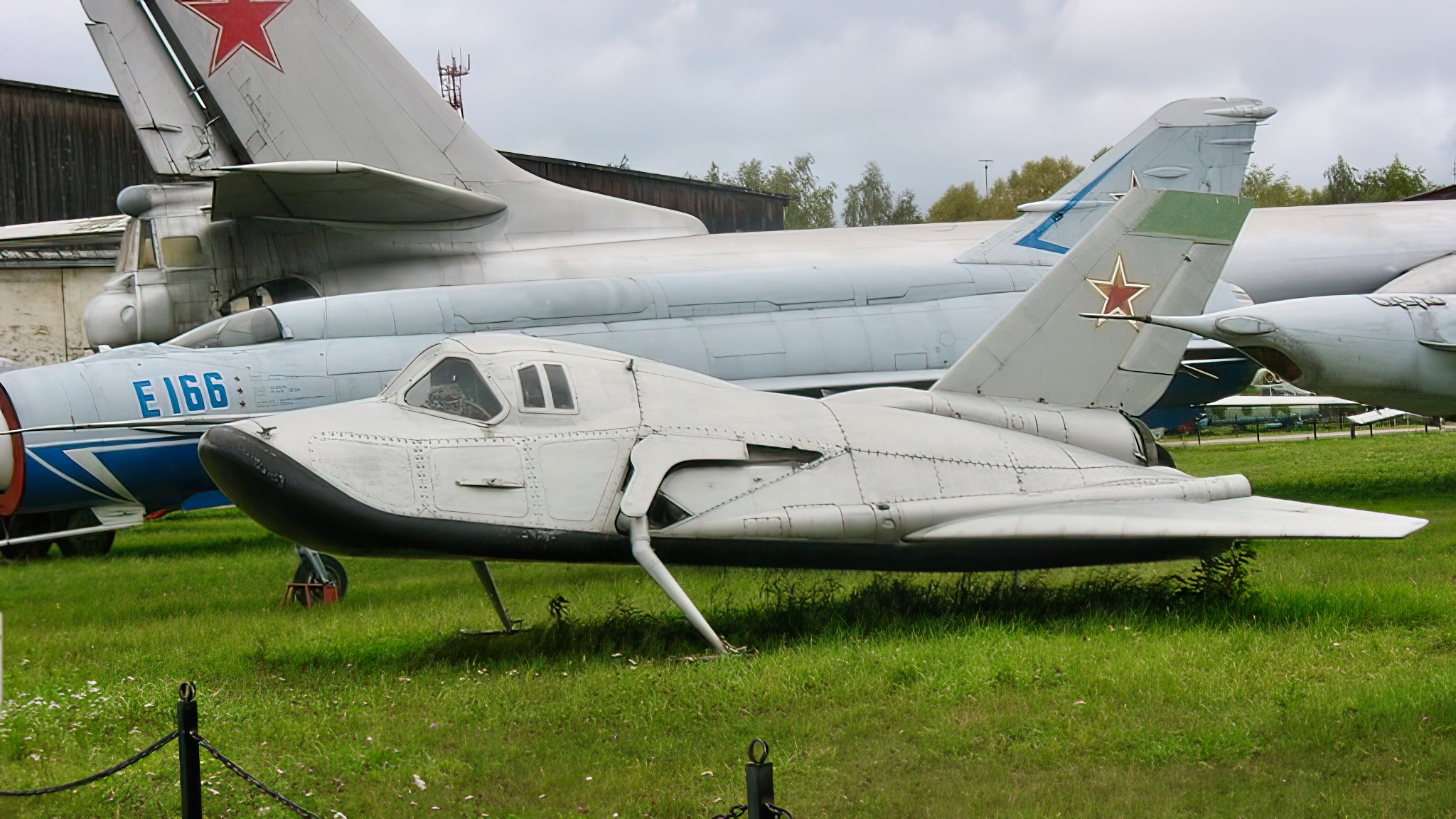
Space tourism?
Although the MiG-105 was intended for military reconnaissance and not for civilian use, including space tourism, it did inspire other spacecraft designs that have been explored for their prospective use in space tourism. For instance, the elevating body concept was utilized in the design of the SpaceShipOne and SpaceShipTwo spacecraft, which Virgin Galactic is developing for commercial space tourism.

